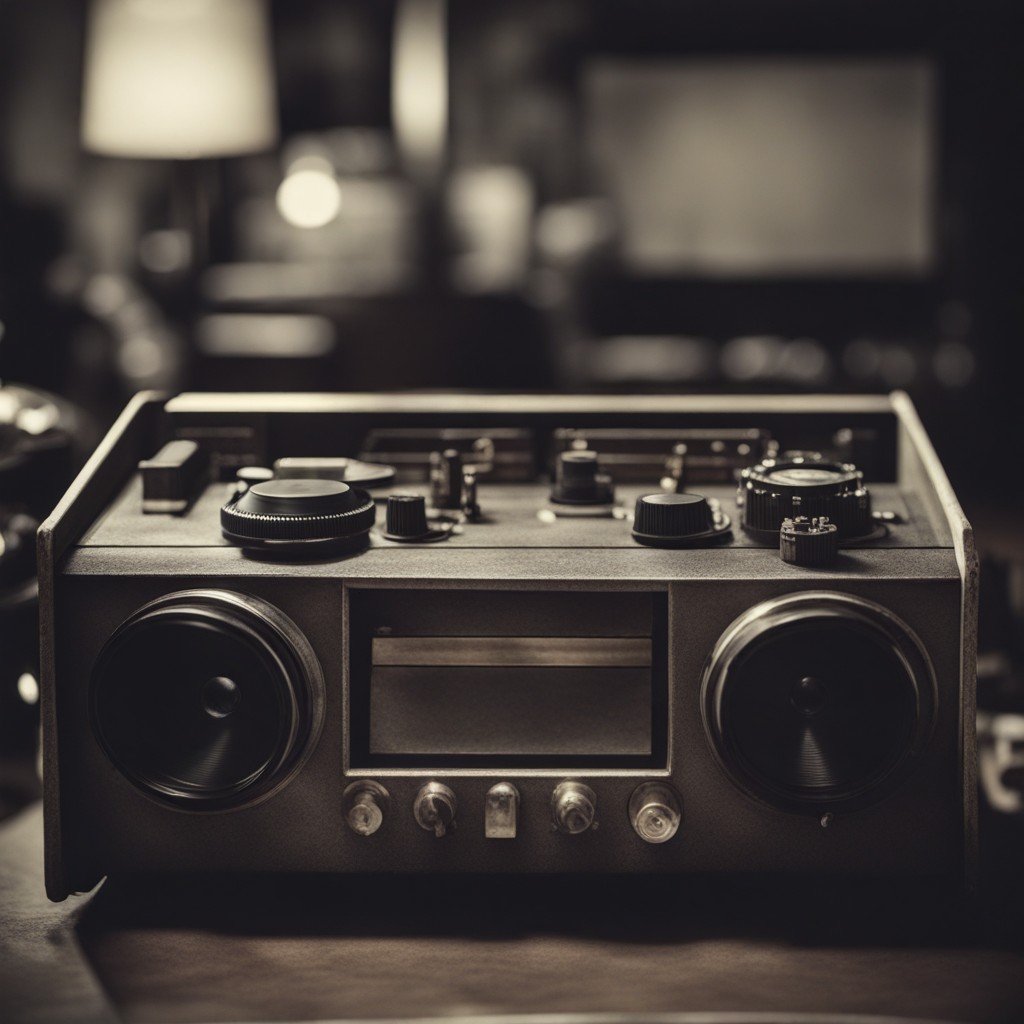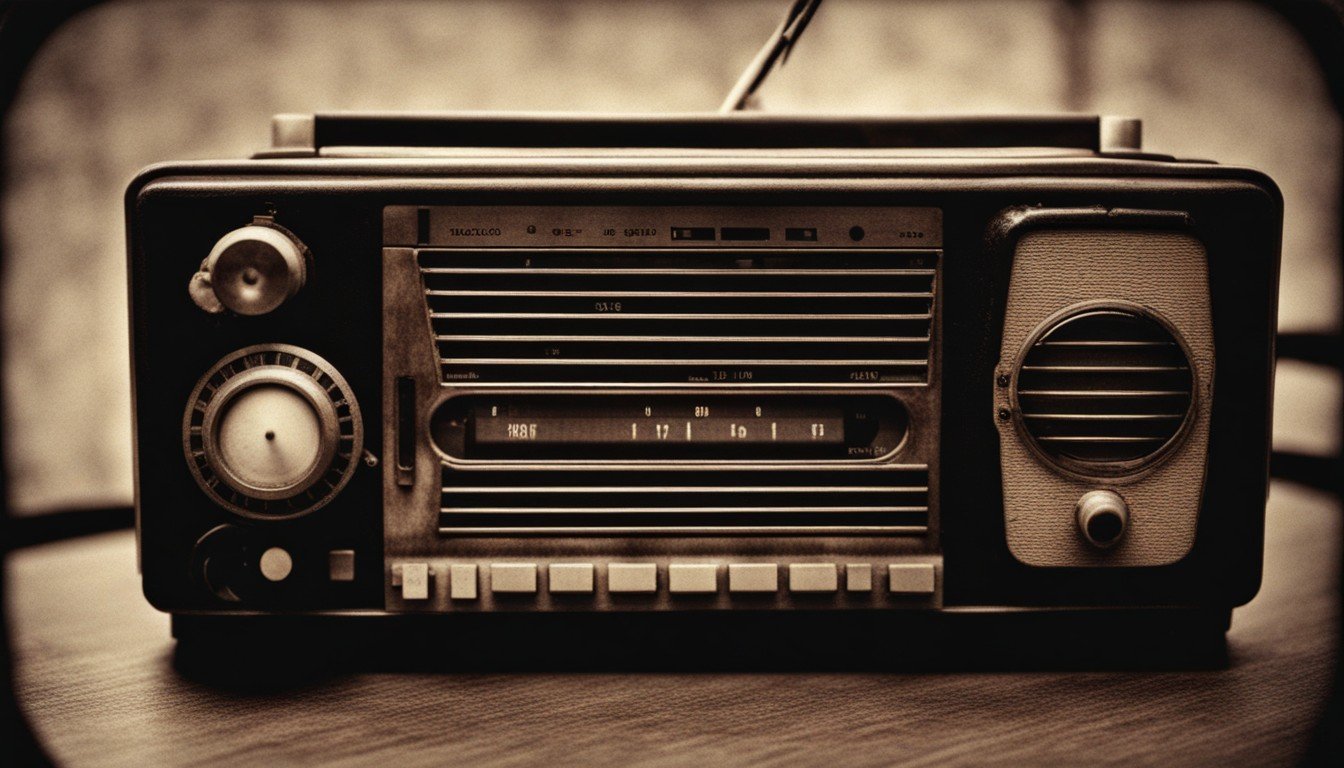Music Beds and Music, as a universal language, has the power to transcend borders, bridge cultural gaps, and evoke emotions in ways words alone cannot. In today’s interconnected world, the use of music beds—a term denoting background music or musical accompaniment—has become a global phenomenon that highlights both the diversity and unity of human expression through sound.
The Universality of Music Beds
Music beds serve as an essential element in various forms of media and content creation, including films, advertisements, podcasts, and presentations. They have become indispensable tools for creators, enhancing the impact of their work while engaging audiences on a deeper emotional level. The appeal of music beds lies in their universality; they are a creative canvas upon which artists and producers from diverse backgrounds can paint their sonic narratives.
Cultural Diversity in Music Beds
One of the most fascinating aspects of global music beds is their ability to draw from a rich tapestry of cultural traditions. Creators and composers can infuse their music beds with elements from different musical genres, instruments, and rhythms, resulting in a harmonious blend that reflects the multicultural nature of our world.
For instance, a filmmaker in India might incorporate traditional sitar melodies into a music bed to evoke a sense of spirituality and cultural depth in a documentary. In contrast, a Brazilian ad agency may use samba rhythms to infuse energy and excitement into a commercial. These examples illustrate how music beds have become vehicles for cross-cultural dialogue, enabling creators to pay homage to their roots or explore new musical horizons.
The Impact of Technology
Advancements in technology have played a pivotal role in the globalization of music beds. Digital audio workstations (DAWs) and virtual instruments have made it easier than ever for composers to access a wide range of sounds and instruments from around the world. This accessibility has not only enriched the sonic palette of music beds but has also democratized music production, allowing artists from all corners of the globe to participate in the creation of these sonic landscapes.
Additionally, the internet has facilitated the sharing and dissemination of music beds. Composers and producers can now collaborate on projects in real-time, regardless of geographical distance, leading to a fusion of cultural influences that is reshaping the music bed landscape.
Cross-Cultural Collaborations
Global music beds often emerge from cross-cultural collaborations. Musicians and producers from different backgrounds come together to create unique compositions that blend their individual styles and traditions. These collaborations result in music beds that resonate with a diverse global audience.
Consider the Grammy-nominated album “Mali Latino,” a collaboration between musicians from Mali and Cuba. The fusion of traditional Malian instruments with Cuban rhythms created a music bed that transcended borders and showcased the beauty of cultural exchange. Such projects highlight the potential for music beds to serve as cultural ambassadors, fostering understanding and appreciation between societies.
Evolving Trends in Global Music Beds
The evolution of global music beds reflects shifting trends in the media and entertainment industry. As the world becomes more interconnected, there is a growing demand for music beds that reflect the globalized nature of contemporary culture.
One notable trend is the rise of “world fusion” music beds. These compositions combine elements from various world music traditions, often featuring a blend of instruments and rhythms from different continents. World fusion music beds appeal to creators seeking to create an immersive, multicultural experience for their audiences.
Furthermore, as sustainability and eco-consciousness gain prominence, there is a trend toward using traditional and indigenous instruments in music beds to convey a connection with nature and a respect for local cultures. These music beds often feature instruments like the didgeridoo, Native American flute, or African drums, offering a refreshing departure from the homogenized sounds of the past.
The Emotional Power of Global Music Beds
At the heart of global music beds lies their ability to evoke emotions and enhance storytelling. Music, being a universal language, can communicate feelings that transcend words. Whether it’s the melancholy strains of a Celtic flute, the rhythmic intensity of African percussion, or the serene melodies of an Asian guzheng, global music beds have the power to transport listeners to different emotional landscapes.
In a film, for example, the choice of a music bed can dramatically influence how an audience perceives a scene. A suspenseful music bed can make a chase scene heart-pounding, while a tender, emotional music bed can bring tears to viewers’ eyes during a heartfelt reunion.
The Role of Global Music Beds in Branding and Marketing
In the world of marketing and branding, global music beds have become an indispensable tool for companies seeking to connect with a diverse consumer base. Music has the ability to evoke nostalgia, create brand recognition, and establish an emotional bond with customers.
Global brands often use music beds that incorporate cultural elements to resonate with specific demographics. For instance, a global beverage company may use a music bed featuring traditional Chinese instruments during Chinese New Year celebrations to connect with consumers in China. This strategic use of music beds demonstrates how music can transcend linguistic and cultural barriers to create a sense of familiarity and belonging.
Challenges and Considerations
While global music beds offer numerous opportunities for creativity and cultural exchange, they also come with challenges and considerations. One of the primary concerns is the need for cultural sensitivity. Creators must be aware of the cultural significance of the elements they incorporate into their music beds and ensure they are used respectfully and appropriately.
Additionally, navigating the complex landscape of music licensing and copyright when using global music elements can be challenging. Composers and creators must secure the necessary permissions and licenses to avoid legal issues.
Conclusion
Global music beds have become a powerful means of cultural expression, artistic collaboration, and emotional communication in our interconnected world. They celebrate the diversity of musical traditions while highlighting the common human thread that binds us all through the universal language of music.
As technology continues to advance and our world becomes increasingly interconnected, the future of global music beds promises even more exciting cross-cultural collaborations and sonic adventures. They will continue to enhance the way we experience media, tell stories, and connect with audiences on a global scale. In a world where borders may separate us physically, global music beds serve as a harmonious reminder of our shared humanity.





